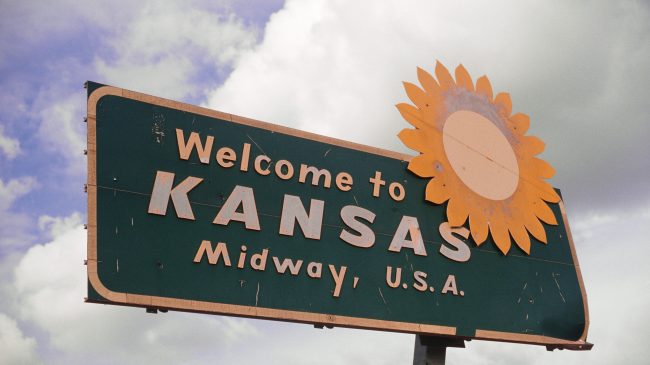Kansas Gov. Laura Kelly’s first year in office has been filled with pension battles with the state legislature. The governor was roundly criticized for pushing a plan to refinance scheduled pension contributions, which would have cost the state an additional $7.4 billion over the next 30 years. Following that controversy, Gov. Kelly exercised her line-item veto to strike out an additional $51 million the legislature intended to put toward making up for previously missed contributions to the state pension system.
Gov. Kelly has defended her approach to pension funding by claiming it’s part of an effort to limit government expenditures. In this respect, her policies and actions are counterproductive. The danger in allowing pension debt to fester is that pension problems tend to compound with time, they don’t simply go away.
The legislature is correct to prioritize funding the pension system today. The problems of growing pension debt consuming funding and crowding out other public priorities are only exacerbated by allowing the debt to linger. Although Kansas switched to a cash balance retirement plan for new hires in 2013, the legacy pension plan still requires immediate attention.
According to its latest report, the legacy Kansas Public Employees Retirement System (KPERS) has a funded ratio—how much of the pension system’s liabilities are already covered by assets— of 68 percent. This is well below the 100 percent target recommended by the American Academy of Actuaries’ Pension Practice Council and the Government Finance Officers Association. A decade-long bull run in financial markets has helped the plan but hasn’t sufficiently bolstered its funding ratio to acceptable industry standards.
KPERS has been hurt by years of missed investment return assumptions. The system has an assumed rate of return on investments of 7.75 percent. This is above the national average of 7.4 percent for similar public plans, which means KPERS’ current investment return assumptions are likely to be overly optimistic in regards to national norms and the emerging “new normal” consensus among major investment managers. This has immense ramifications on the financial future of the plan and the costs of running it.
Similarly, KPERS’ discount rate of 7.75 percent may also be problematic. Unlike the assumed rate of return, the discount rate helps determine the present value of promised pension liabilities (see more on the difference here). A 2018 Milliman Public Pension Study of the 100 largest U.S. public pension plans found average discount rates fell from 7.5 percent in 2017 to 7.25 percent in 2018. Furthermore, KPERS’ current discount rate is also misaligned with the implied risk premium of the national average discount rate, as determined by federal and/or municipal bond yields.
The inflated assumed rate of return and unusually high discount rate are likely causing KPERS to substantially overestimate the value of its assets and underestimate its current pension debt.
It’s clear Gov. Kell has a genuine concern for the taxpayers and public workers and it is wise for her to look for ways to limit government spending. But letting public pension debt grow increases long-term spending. Addressing the decades of underfunding to the state pension system and its unreasonable assumptions requires an aggressive approach today to save taxpayers and workers tomorrow. There’s still a lot of work to be done for Gov. Kelly and the state legislature.
Stay in Touch with Our Pension Experts
Reason Foundation’s Pension Integrity Project has helped policymakers in states like Arizona, Colorado, Michigan, and Montana implement substantive pension reforms. Our monthly newsletter highlights the latest actuarial analysis and policy insights from our team.

